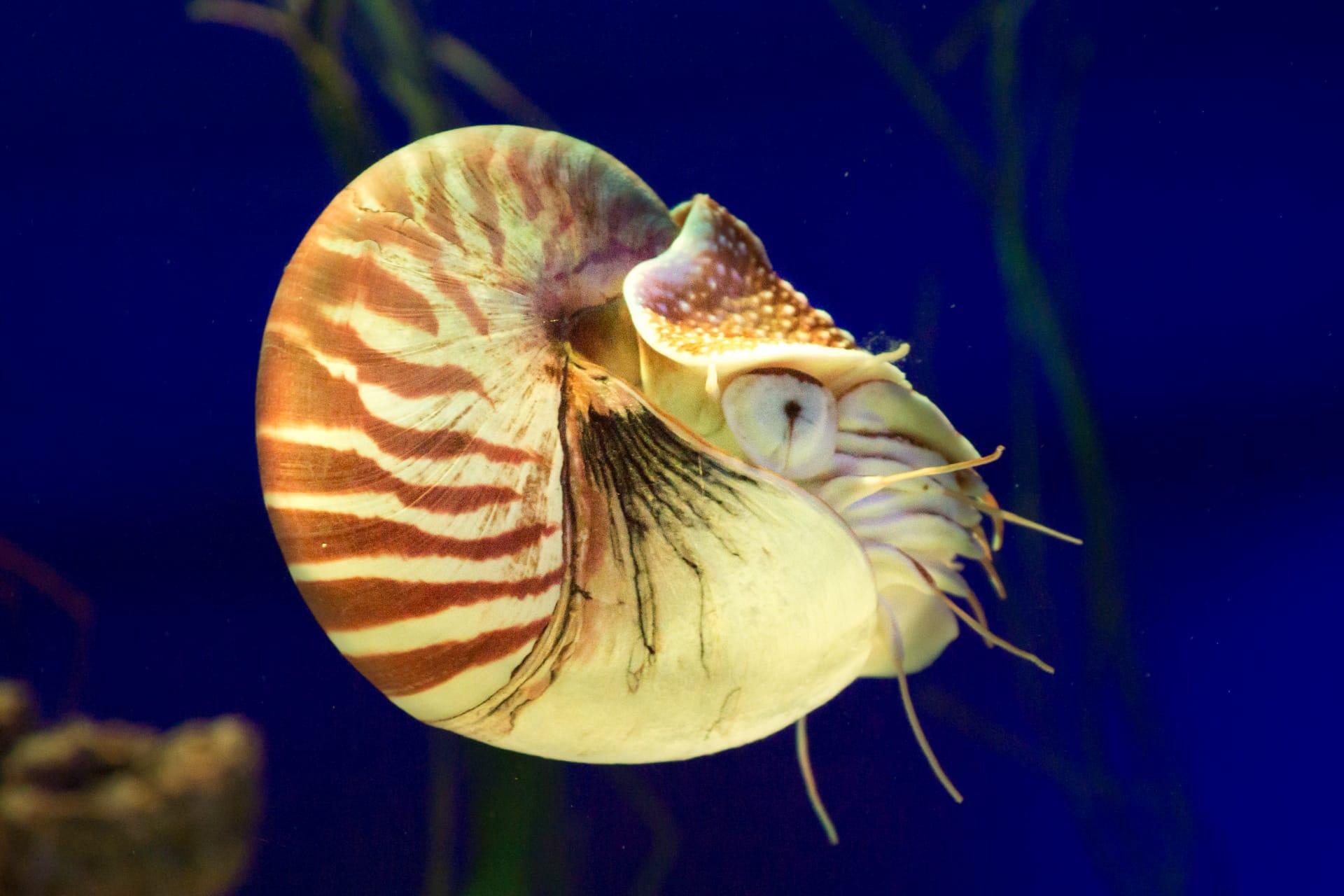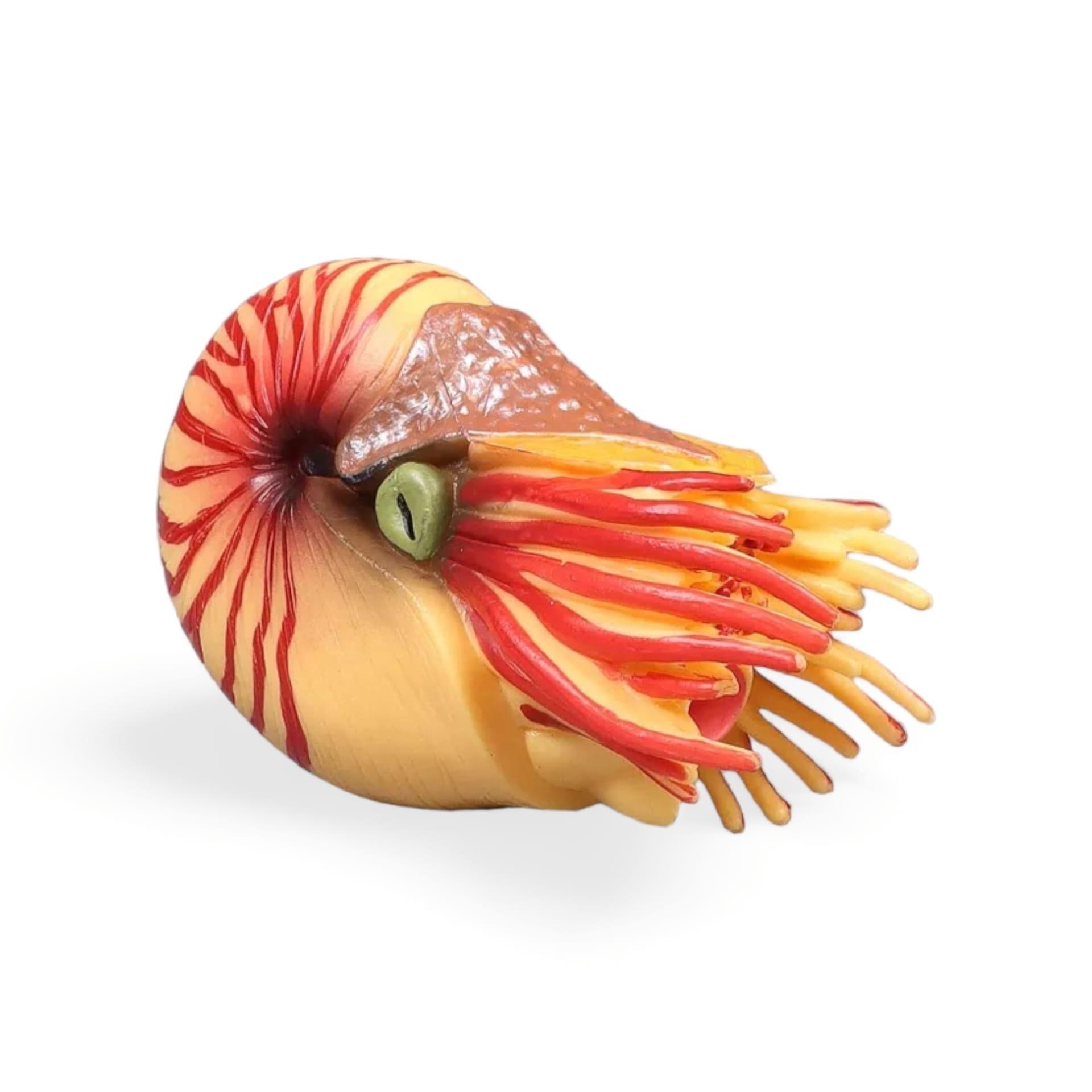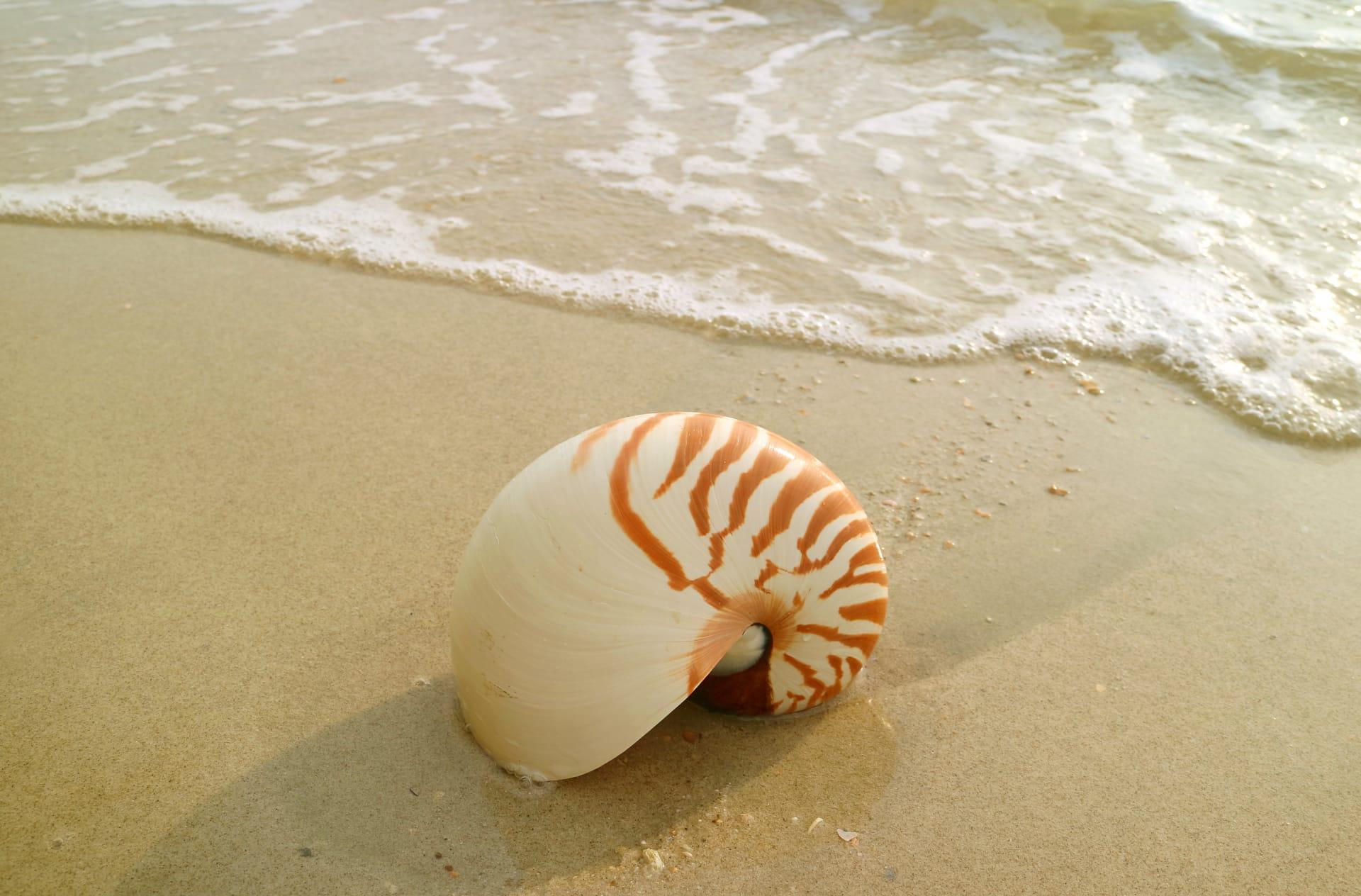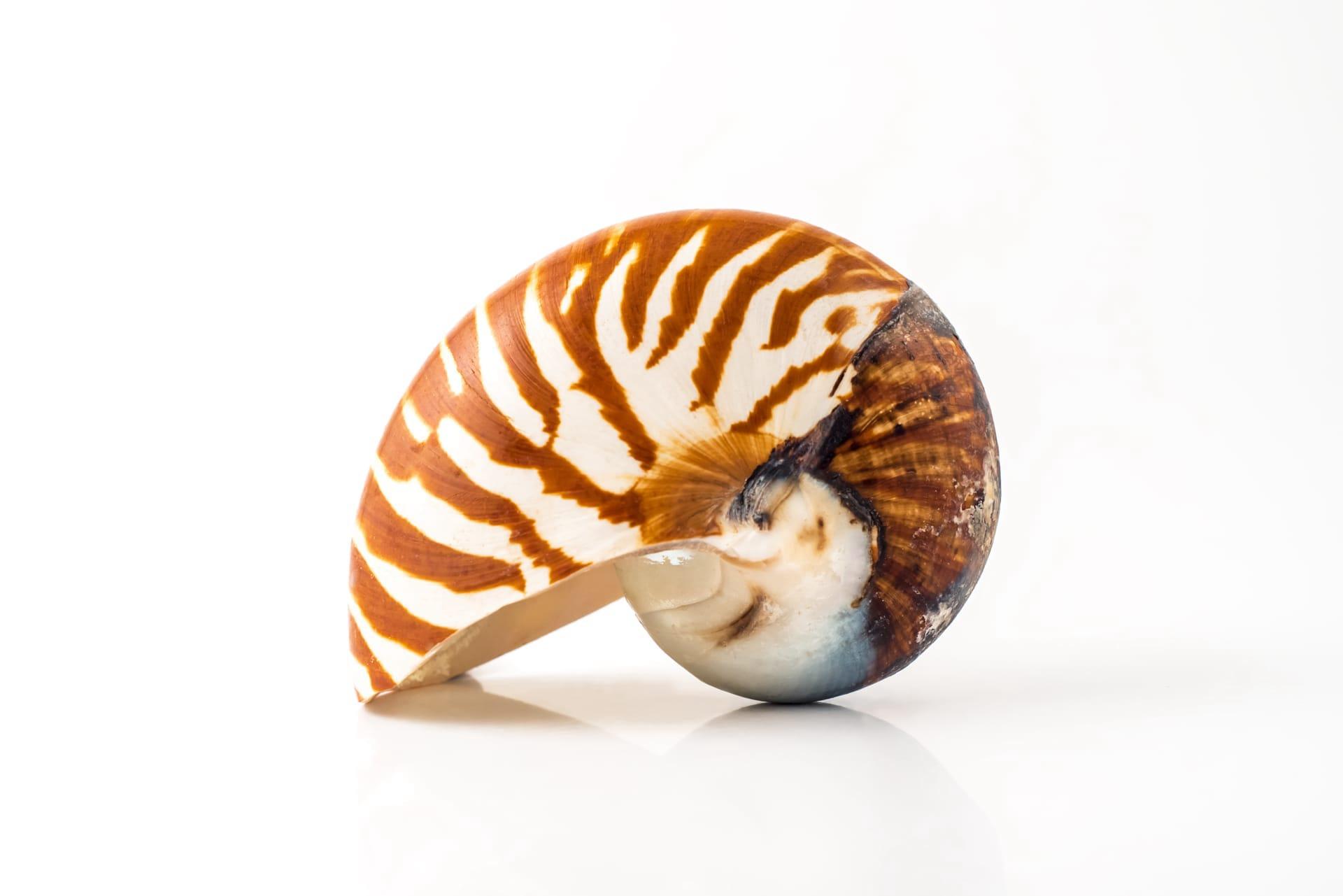1
The nautilus, an ancient marine creature, boasts a lifespan that can reach over 20 years, making it one of the longer-lived cephalopods in the ocean. Unlike many other marine organisms that have short and fast-paced life cycles, the nautilus takes a leisurely approach to growth and development. This slow pace allows it to mature at a rate where it adds only about one new chamber to its iconic spiral shell each year. This meticulous growth process results in the nautilus's shell having anywhere from 30 to 38 chambers by the time it reaches adulthood.
One of the most mesmerizing aspects of the nautilus is its buoyancy control, which it achieves through a unique system within its shell. The shell, divided into chambers filled with gas and liquid, acts as a natural buoyancy aid. By adjusting the gas-to-liquid ratio in these chambers, the nautilus can either float upwards or sink downwards in the water column. This capability allows it to navigate the depths of the ocean with ease, moving vertically to different depths to find food or avoid predators. The precision of this buoyancy control is so fine-tuned that the nautilus can hover motionless in the water, a feat that requires a delicate balance between buoyant force and gravitational pull.

2
Nautiluses have a remarkable sense of smell, which they rely on heavily to find food in the dark depths of the ocean. Their tentacles, which can number up to 90, are not just for show; they're equipped with a keen chemosensory ability that allows them to detect prey from significant distances. This sensory adaptation is crucial for survival in the dimly lit waters they inhabit, where visual cues are scarce. The nautilus's diet mainly consists of crustaceans, carrion, and small fish, which they hunt using this highly developed sense of smell.
Despite their ancient lineage, nautiluses have remarkably simple eyes that lack lenses. Instead, their eye structure is akin to a pinhole camera, a type of camera that uses a small aperture to let light into a dark chamber. This simplicity results in very basic visual capabilities; they can detect light and movement but cannot form clear images. This visual limitation makes their exceptional sense of smell even more vital for navigation and hunting in the murky depths where they reside.

3
The shell of the nautilus is not only beautiful but also serves as a formidable defense mechanism. Its hard, multi-chambered structure provides protection against predators, including sharks, large fish, and even humans who find their shells attractive for decorative purposes. The strength of the nautilus shell lies in its layered composition, which can absorb impacts and distribute pressure efficiently, much like a modern-day crash helmet. This natural armor allows the nautilus to withstand considerable pressure changes as it moves to various depths in the ocean.
Nautiluses are known for their 'living fossil' status, having remained relatively unchanged for millions of years. Their current form closely resembles fossil records dating back over 500 million years, making them one of the few creatures on Earth that provide a direct link to the distant past. This remarkable evolutionary stability is a testament to the effectiveness of their biological design, which has allowed them to survive while countless other species have gone extinct. Their presence in today's oceans offers a unique window into the ancient marine world, making them a subject of fascination among scientists and enthusiasts alike.

4
The reproductive process of the nautilus is a slow and infrequent event, which contributes to their vulnerability and declining populations in some areas. Female nautiluses lay a small number of large eggs, which can take up to a year to hatch. This low reproductive rate, combined with the long maturation period of the nautilus, makes population recovery a slow process. Consequently, nautilus populations are particularly susceptible to threats such as overfishing and habitat destruction.
Nautiluses are capable of incredible depth changes, diving to depths of over 700 meters (2300 feet) in search of food or suitable living conditions. This deep-diving capability exposes them to a range of ocean environments, from shallow coral reefs to the dark, cold depths of the ocean. However, they primarily inhabit the deeper parts of the coral reefs, coming to shallower waters only at night to feed. This behavior minimizes their exposure to predators and maximizes their access to prey, demonstrating a sophisticated adaptation to their environment.

5
The nautilus's shell is not just a protective housing but also an icon of mathematical beauty, exemplifying the Fibonacci sequence in its spiral growth pattern. Each new chamber added as the nautilus grows is proportionally larger than the last, in accordance with the golden ratio, a principle that appears in various natural and human-made structures. This pattern results in a logarithmic spiral, which has fascinated mathematicians, scientists, and artists for centuries due to its efficiency and aesthetic appeal.
Interestingly, nautiluses are among the few marine animals capable of creating a range of sounds. They produce clicks and pops that are believed to be used for communication and possibly for navigation through echolocation, similar to bats and dolphins. These sounds are generated by contracting and relaxing their muscular siphon, demonstrating a complex behavior not commonly observed in many other mollusks. This acoustic ability adds another layer to the nautilus's intriguing biological repertoire, highlighting their uniqueness in the ocean's vast biodiversity.